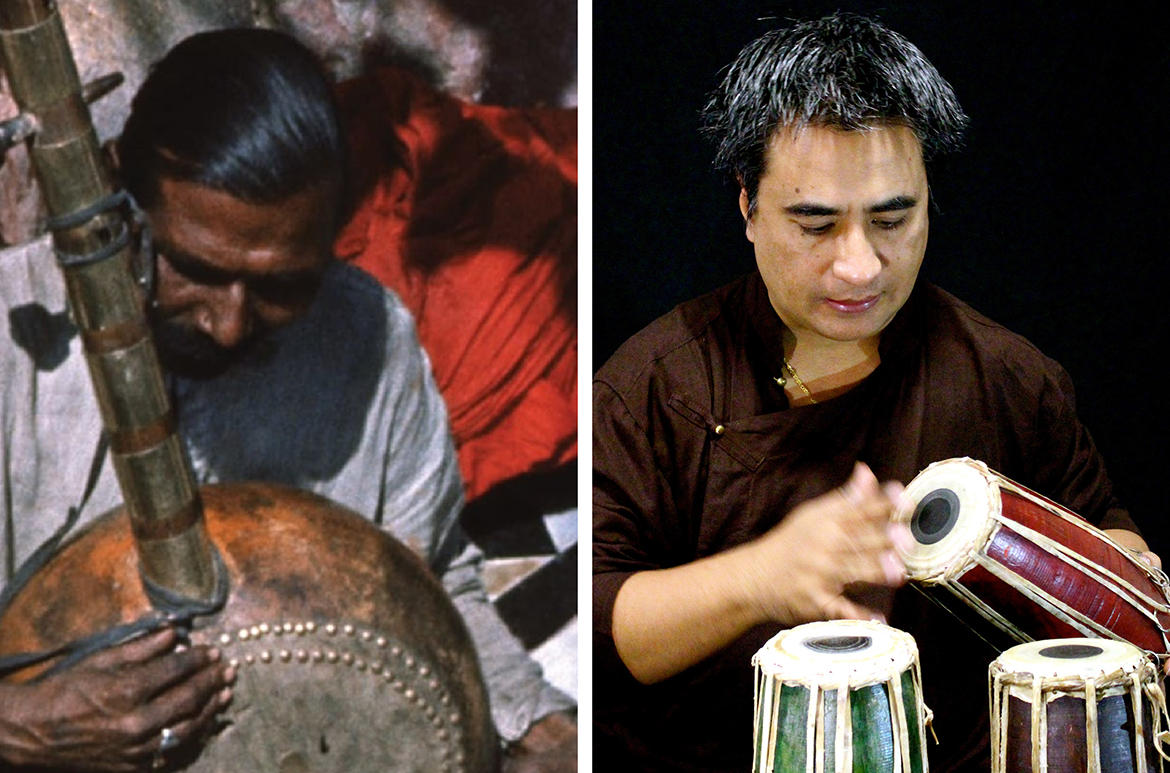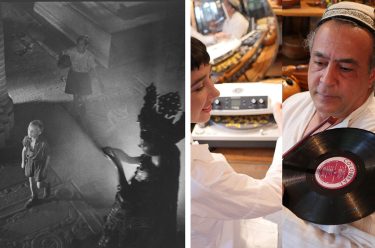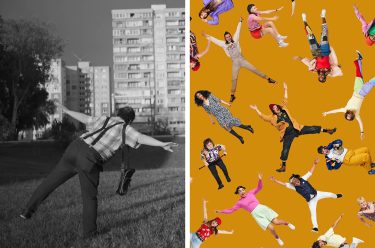Our City Symphony Live Music & Film event for August is immersed in the colour, light and culture of the Indian metropolis Kolkata. Released in 1969 and known then as Calcutta, this exceptional documentary portrait of the city opens a window into intimate moments of washing in the river, preparations for a wedding ceremony through to political unrest and protest on the streets.
Get tickets to City Symphony Live Music & Film series
Australian Cinémathèque, GOMA
Sunday 27 August, 11.00am
Calcutta 1969 was shot by French filmmaker Louis Malle who came to prominence during the 1950s with the iconic films Elevator to the Gallows 1958 and The Lovers 1958 with Jeanne Moreau. Malle travelled to India to film his six-part documentary magnum opus Phantom India 1969. Reportedly when Malle was in the editing stages for the documentary series, he was so struck by the footage shot in Kolkata he created the feature film. Calcutta went on to premiere at the 1969 Cannes Film Festival. While this is a French perspective of Indian culture that has come under criticism for a focus on the impoverished rather than developing aspects of India, the film showcases an interesting complexity of urban living and a fascinated curiosity for the vibrancy of street life.
Nepalese tabla player Dheeraj Shrestha will provide a live score during the screening, grounding the film in both a traditional and contemporary take on this snapshot of Kolkata in the 1960s. Dheeraj is an internationally acclaimed Tabla percussionist whose rhythm improvisation uniquely draws from a range of musical styles including classical, traditional, and fusion through to film music. City Symphony curator Rosie Hays asked musician Dheeraj Shrestha about encountering the documentary Calcutta and his musical style.
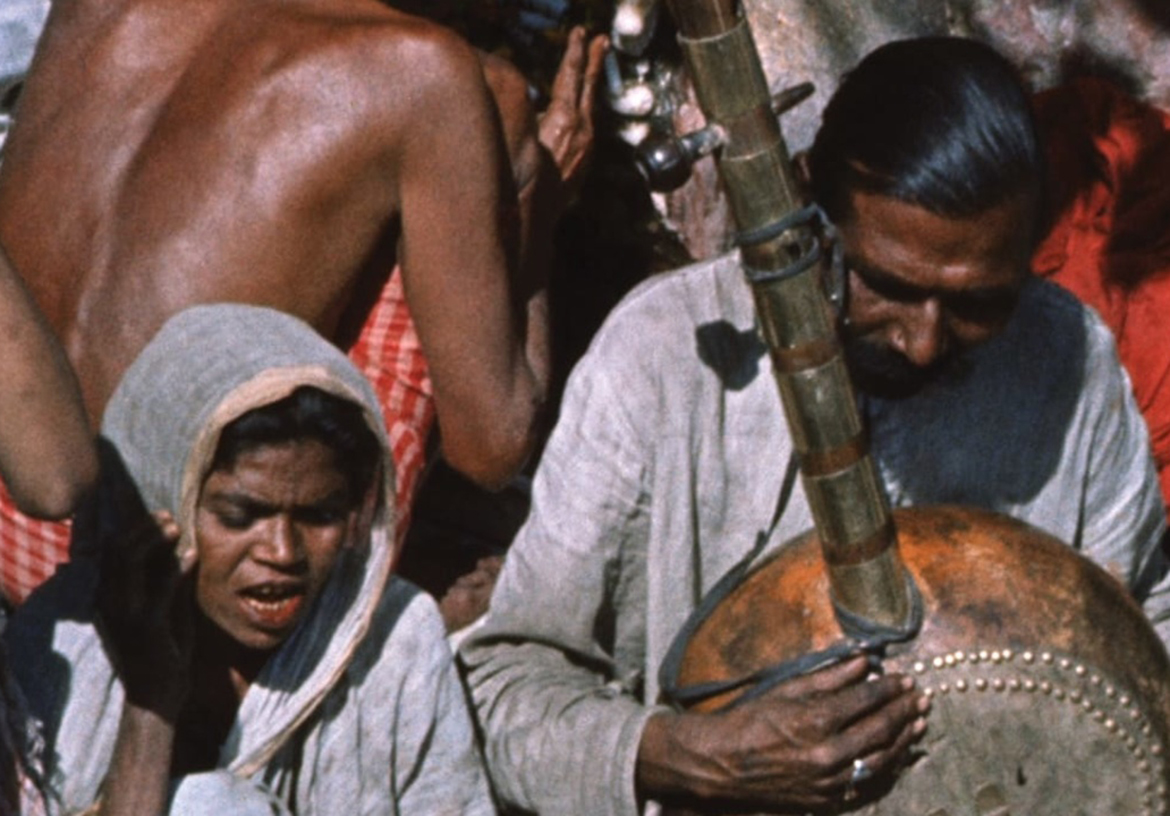

Rosie Hays / You will be crafting a new live score for the film ‘Calcutta’. What did you think of the film when you watched it? Were there specific moments that struck you?
Dheeraj Shrestha / When I watched Calcutta, I was immediately captivated by the intricate interplay of emotions and visuals.
Rosie Hays / You play three instruments, the Tabla, the Nepalese folk percussion instruments the Maadal, and the Meditation bowl. What instruments will you play for this performance, what musical styles will you utilise and what can the audience expect from your performance?
Dheeraj Shrestha / For this performance, I have composed several styles of musical pieces accompanied by other melodic instruments. In the olden days, silent movies were often accompanied by tabla percussion. Additionally, the life of Kolkata and its societies is heavily influenced by culture and people’s way of thinking. Therefore, as a tabla percussionist, I will be playing live tabla and folk drums from Nepal for this performance, aiming to create a unique and captivating musical experience for the movie.
Rosie Hays / I’m mindful that this documentary about Kolkata was produced by a French filmmaker (Louis Malle) who was a visitor to the city. In recent times, ‘Calcutta’ has faced some criticism; critiques consider the documentary to be an outsider’s ethnographic observation of the impoverished communities of Kolkata. I think the film has some interesting dynamics going on. It’s one of the reasons I wanted to ask you to accompany the film so that the documentary would be grounded in music that was sensitive to these different perspectives. What are your perceptions of the film? Are there any particular emotional elements you would you like to highlight or any specific thoughts you hope to convey in the score you are crafting?
Dheeraj Shrestha / Thank you so much for giving me the opportunity to compose and accompany the film Calcutta showcasing the power of music. Honestly speaking, there are many emotional elements that I can relate to. However, if I have to highlight a few, they are the contrast between poverty and elite class lifestyle, as well as the portrayal of the protests.
Rosie Hays / You have said that you were first drawn to the Tabla and Maadal as these instruments ‘speak to your heart and give you a sense of grounding, and earthy sensations’. Do you have any thoughts on how the playing of these instruments can influence our experiences in built environments, such as the Australian Cinémathèque, GOMA?
Dheeraj Shrestha / Yes, I believe that the playing of these instruments can certainly influence our experiences. The tabla and Nepalese percussion have a remarkable ability to shape the ambiance of music and provide an earthy sensation. Not to forget, there are also other musical instrumentations we are using which can help set moods and establish a deeper connection between the audience and the environment.
Rosie Hays / I understand that you frequently visit Nepal to understand more about the spirituality in music and knowledge of Nepalese traditional music. How does deepening your understanding of the theoretical and spiritual side of music influence the way you play?
Dheeraj Shrestha / I feel that spirituality is the combination of theory and the spiritual. Recently, I saw a mesmerising performance of the robotic popping dance portraying a combination of theoretical and spiritual elements, particularly within the mother-son dynamic, symbolising the act of caring for a sick mother. Hence, this performance illustrated the outcome of humans’ emotional connections with theoretical scientific knowledge.
I am fortunate enough to frequently visit Nepal which has given me opportunities to enrich my understanding of music inherited from my parents and guru. This has influenced my music that goes beyond the technical aspects that involves connecting emotions with theory.
Rosie Hays / I’d love to hear how you have approached making the score for this film, such as where you started when thinking about making music for this particular piece of art?
Dheeraj Shrestha / Creating the score for this film has been an exciting process because I have been given the opportunity and room to improvise music. Therefore, I mainly did a lot of improvisations. I started by watching the movie and grasping its essence, underlying theme, and the city life of Kolkata and music. Most importantly, I have emphasised the sounds of Kolkata and its culture.
Rosie Hays is Associate Curator, Australian Cinémathèque, QAGOMA
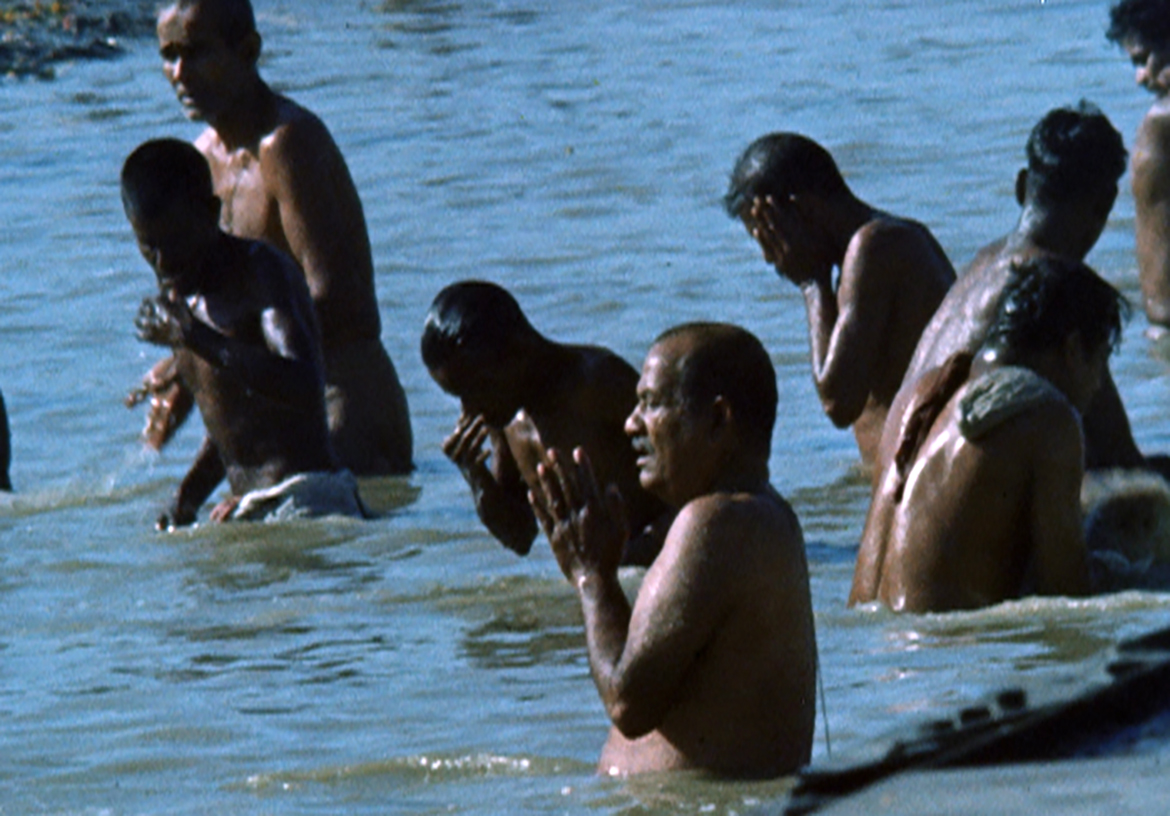
Upcoming live music & film
Live Music & Film: Calcutta 1969
Live Music & Film: Berlin, Symphony of a Great City 1927
Live Music & Film: Nothing But Time 1921–2012
Live Music & Film: Man With a Movie Camera (with violin) 1929
City Symphony special ticket offer
See the full series and save! Buy 5 to 9 tickets and receive a 10% discount. Buy 10 tickets and receive a 20% discount. Get tickets
The Australian Cinémathèque
The Queensland Art Gallery | Gallery of Modern Art (QAGOMA) is the only Australian art gallery with purpose-built facilities dedicated to film and the moving image. The Australian Cinémathèque at GOMA provides an ongoing program of film and video that you’re unlikely to see elsewhere, offering a rich and diverse experience of the moving image, showcasing the work of influential filmmakers and international cinema, rare 35mm prints, recent restorations and silent films with live musical accompaniment by local musicians or on the Gallery’s Wurlitzer organ originally installed in Brisbane’s Regent Theatre in November 1929.
Featured image: (left) Production still from Calcutta 1969; Dir: Louis Malle; Image courtesy: Gaumont / Dheeraj Shrestha; Photograph © Dheeraj Shrestha
#QAGOMA
